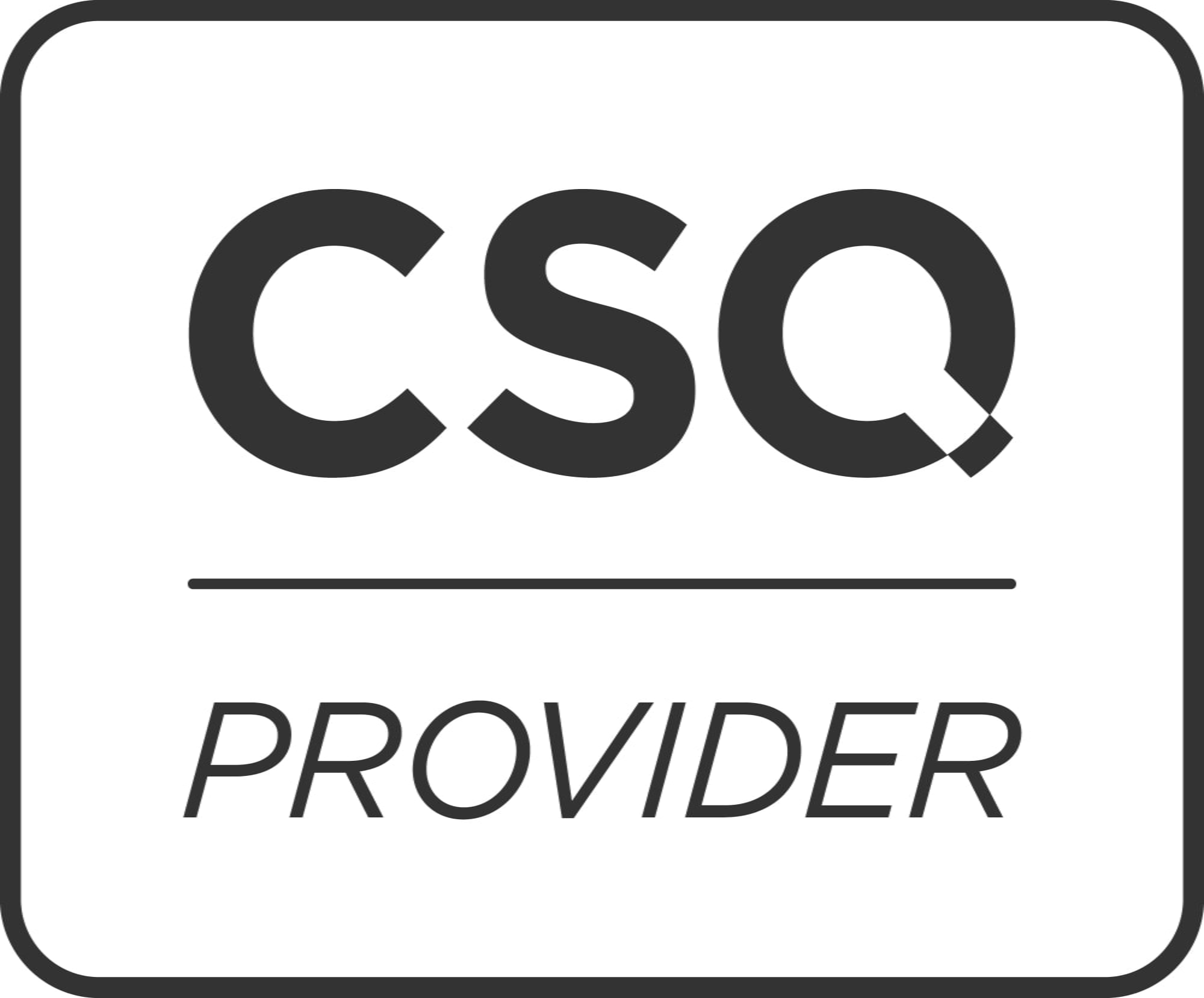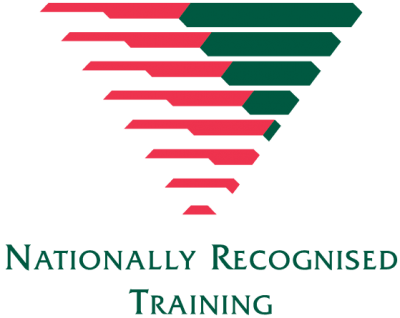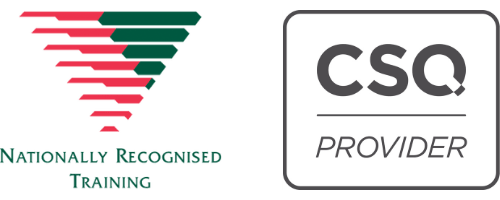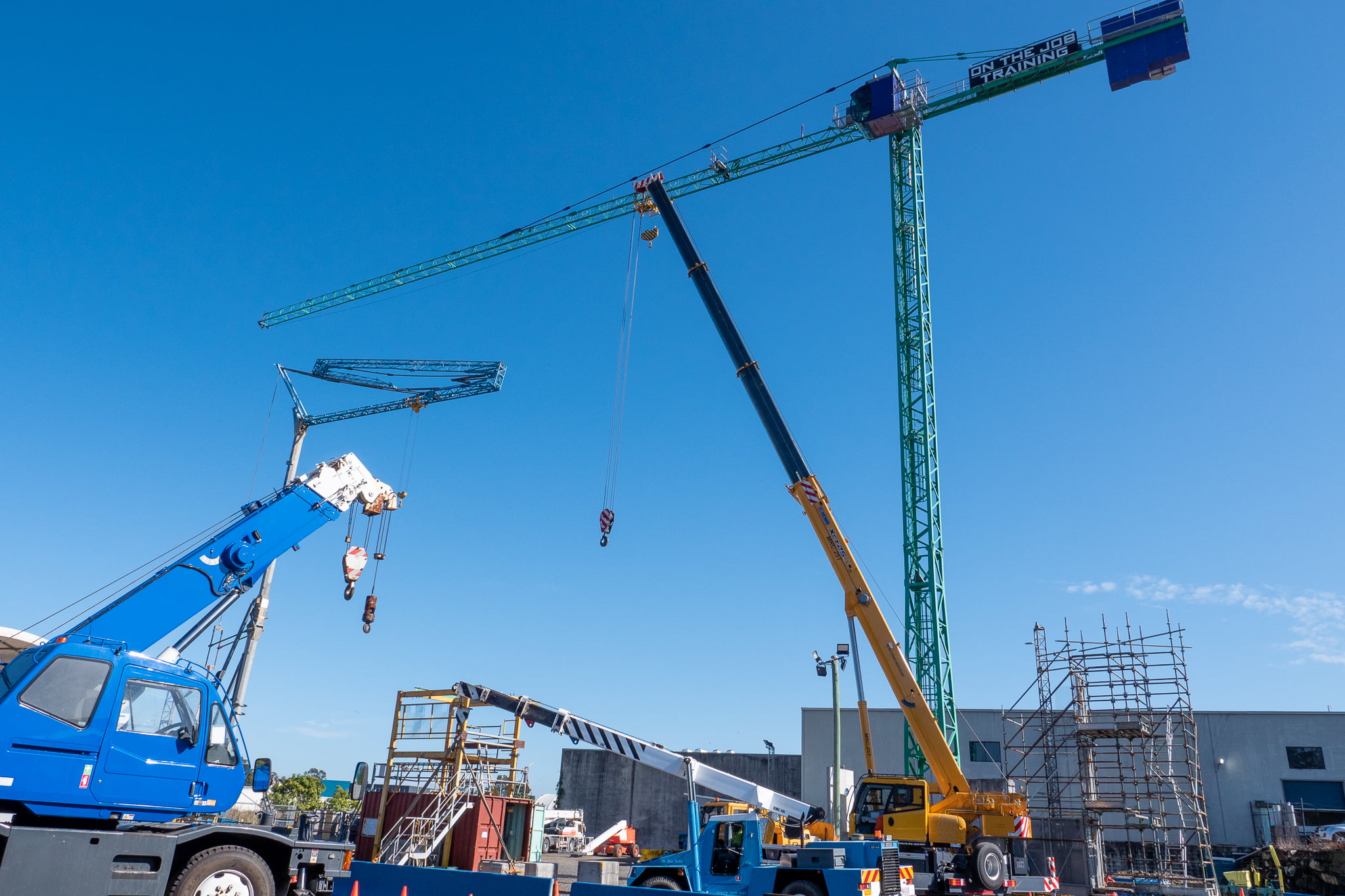CN CRANE TICKET COURSE
Courses scheduled fortnightly, slewing mobile crane courses weekly Course CalendarOnline BookingUnit Name
TLILIC0018 – Licence to Operate a Non-Slewing Mobile Crane (Greater Than 3 Tonnes Capacity)
Licence
CN
Course Duration
5 Days
Entry Requirement/s
Licence to Perform Dogging (DG – Company Policy)
Course Cost*
Full price: $2190.00
CSQ funded price: $940.00
CN Crane Ticket Course
TLILIC0018 – Licence to Operate a Non-Slewing Mobile Crane (Greater Than 3 Tonnes Capacity)
This unit specifies the skills and knowledge required to operate a non-slewing mobile crane with a Maximum Rated Capacity (MRC) exceeding 3 tonnes safely, in accordance with all relevant legislative responsibilities. Competence in this unit, does not in itself result in a High Risk Work Licence (HRWL) to operate this plant.
Non-slewing mobile crane means a mobile crane incorporating a boom or jib that cannot be slewed, and includes:
- an articulated mobile crane
- a locomotive crane
- but does not include vehicle tow trucks.


Unit Name
TLILIC0018 – Licence to Operate a Non-Slewing Mobile Crane (Greater Than 3 Tonnes Capacity)
Licence
CN
Course Duration
5 Days
Entry Requirement/s
Licence to Perform Dogging (DG – Company Policy)
Course Cost*
Full price: $2190.00
CSQ funded price: $940.00
CN Crane Ticket Course
TLILIC0018 – Licence to Operate a Non-Slewing Mobile Crane (Greater Than 3 Tonnes Capacity)
This unit specifies the skills and knowledge required to operate a non-slewing mobile crane with a Maximum Rated Capacity (MRC) exceeding 3 tonnes safely, in accordance with all relevant legislative responsibilities. Competence in this unit, does not in itself result in a High Risk Work Licence (HRWL) to operate this plant.
Non-slewing mobile crane means a mobile crane incorporating a boom or jib that cannot be slewed, and includes:
- an articulated mobile crane
- a locomotive crane
- but does not include vehicle tow trucks.

TLILIC0018 – Licence to Operate a Non-Slewing Mobile Crane (Greater Than 3 Tonnes Capacity)
Course Overview
This unit provides the participant the skills and knowledge required to perform non slewing mobile crane operations safely, focussing on the use of slinging techniques, and positive communication with the plant operator to move a load, when it’s out of the operator’s view.
On successful completion of this course, participants will be able to apply for a High-Risk Work Non-Slew Mobile Crane (CN) Licence. There are costs associated with applying for the licence. Please visit www.worksafe.qld.gov.au for current licence fees.
Application
This unit specifies the skills and knowledge required to operate a non-slewing mobile crane with a Maximum Rated Capacity (MRC) exceeding 3 tonnes safely, in accordance with all relevant legislative responsibilities. Competence in this unit, does not in itself result in a High-Risk Work Licence (HRWL) to operate this plant.
Non-slewing mobile crane means a mobile crane incorporating a boom or jib that cannot be slewed, and includes:
- An articulated mobile crane
- A locomotive crane
- But does NOT include vehicle tow trucks.
A person performing this work is required to hold a non-slewing mobile crane HRWL.
Further Information is available on the following links:
Course Outline
- Applying relevant mathematical calculations in conjunction with lift plan and load chart, radius requirements and relevant lifting gear to perform work/task to enable crane to be configured for load
- Applying relevant crane movements
- Communicating with other workplace personnel through using appropriate worksite procedures
- Complying with Commonwealth, state and territory Work Health and Safety (WHS)/Occupational Health and Safety (OHS)/Occupational Safety and Health (OSH) legislation and safe work procedures
- Completing the pre-start checks
- Conducting and applying risk and hazard strategies
- Completing operational checks
- Hazard warning systems, safety, audible and visual warning devices are checked to ensure they are functional
- Start-up is in accordance with manufacturer requirements and workplace procedures
- Confirming and following traffic management plan procedures relevant to crane operator role in the work area
- Determining any defects or faults with operation of crane and reporting to relevant person/s
- Ensuring risk control measures within the work area are effective as per workplace procedures
- Ensuring stability of load and avoidance of hazards by applying best mobile practice
- Following directions of dogger or rigger
- Interpreting and confirming relevant documentation for the work task and relevant area
- Inputting crane configuration into crane computer (where fitted) and checking operation to accurately reflect crane configuration
- Interpreting and acting on communications signals
- Maintaining three points of contact whilst accessing crane and ensure rungs / steps are free of hazards
- Monitoring load disconnection from hook is safe and ensuring no movement of controls
- Observing relevant communication signals from relevant person
- Operating an articulated non-slewing mobile crane with a rated capacity (RC) of 12 tonnes or greater to lift four different loads using the main hook through an obstacle course using all crane operational controls while the load is in full view of the crane operator.
- Positioning the non-slewing mobile crane for safe operation
- Recording and maintaining accurate information relating to crane operations
- Reporting to relevant person/s on site risk control measures that are not in place or deficient
- Setting up and validating an exclusion zone
- Shutting down a non-slewing mobile crane in accordance with manufacturer requirements and workplace procedures
- Stabilising a non-slewing mobile crane for operation by ensuring level and articulation (if required) is checked and within deration load chart requirements
- Test-lifting load just clear of lifting plane to allow for checks to be safely made in consultation with associated personnel to
- Test-lifting load just clear of lifting plane to allow for checks of crane computer (where fitted)
- Appropriate worksite communication procedures
- Crane configuration mathematical calculations
- Characteristics and impact of factors affecting non-slewing mobile crane stability whilst mobiling loads
- Crane and lifting gear load chart/s and manufacturer requirements
- Lift impacting factors
- Hazards identification & controls
- Pack up and crane stability, crane tipping and demolition sites
- Operations on unusual, uneven or difficult terrains
- Impact of factors affecting non-slewing mobile crane stability
- Manufacturer requirements and instructions on shutting down and packing up crane
- Mobile non-slewing crane characteristics and capabilities to allow crane configuration to suit a range of loads
- Relevant workplace instructions, safety information, emergency procedures
- Relevant documentation requirements and procedures for recording, reporting and maintaining workplace records and information
- Risk assessment management and mitigation strategies including hierarchy of control
- Roles and responsibilities of duty holders as per legislative obligations of Work Health and Safety (WHS)/Occupational health and Safety (OHS)/Occupational Safety and Health (OSH) requirements and safe work/workplace procedures
- Pre-start and operational checks required for a non-slewing mobile crane
- Starting procedure of crane as per manufacturer requirements
- Weather bureau forecasts and environmental conditions that could impact operation
- Workplace standards, requirements, policies and procedures for conducting operations for the mobile non-slewing crane
- Problems and applying appropriate response procedures to unplanned and/or unsafe situations and environmental conditions
- Work area suitability based on relevant ground reports
Licensing/ Regulatory Information
Legislative and regulatory requirements are applicable to this unit of competency.
This unit is based on the licensing requirements of Part 4.5 of the Model Work Health and Safety (WHS) Regulations and meets Commonwealth, State and Territory HRWL requirements.
The National Assessment Instrument (NAI) is the mandated assessment for the HRWL to operate the relevant licencing class as detailed in this unit.
Pre-requisite For This Course
- Provide 100 Points of identification (as per Workplace Health and Safety Queensland requirements)
- Ability to read, write & understand English
What to Bring
- Provide 100 Points of identification (as per Workplace Health and Safety Queensland requirements)
- Steel cap Boots
- Safety gloves
- Hi-Visibility shirt and hard hat with a brim
- Suitable outdoor work clothing (no singlets)
- Lunch and water bottle
- If applicable, any evidence of prior experience e.g old certificates
- USI Number (Find My USI)
Additional Information
Course Timing:Course days typically run from 6:30am to approximately 3:00pm - Participants are advised to arrive 15 minutes early to sign in.
*You may be required to start before 6:30am and stay after 3:00pm depending on how long the formal assessment runs for, we will advise of these times on the day of formal assessment.
Course Structure:
Please note: Competence in a unit does not in itself result in a licence.
Once the trainer believes the participant has demonstrated theoretical and practical understanding of the chosen course (i.e ‘Unit of Competency’), this will be verified with a certificate or what’s known as a ‘Statement of Attainment’ from us, On the Job Training.
In order to obtain a licence, the candidate, after successful completion of the unit of competency, can choose to participate in the theoretical and practical assessments known as ‘National Assessment Instruments’ (NAI) held at the conclusion of each course at On the Job Training. This is conducted by an assessor on behalf of Workplace Health & Safety Queensland. On successful completion of the mandated assessments, they will be issued with a ‘Candidate Assessment Summary’ (CAS) by On the Job Training.
Upon successful completion of the NAI as stated above, the Office of Industrial Relations Queensland will contact them with instructions on how to apply for the high risk work licence.
For more information about costs associated with the chosen licence visit the Workplace Health & Safety website.
FEATURED CONTENT
CN Crane Ticket - Our Franna in Action
See our 14T Franna hard at work with our Basic Riggers in this cool time lapse video. A Franna, also known as a ‘pick & carry’ crane, is an Aussie icon featured on sites throughout the country.
3 Benefits of Comprehensive C6 Crane Ticket Training
Did you know the C6 licence encompasses many different classes of cranes including non-slew CN class as well as slewing cranes? Our C6 course includes training with our Franna so you get experience with this very different type of crane with the versatility of a C6 licence.
TESTIMONIALS
Great experience, easy to understand and comprehend information being related by the trainer. Stress free learning and training environment. Would recommend to anyone seeking thier high risk work license. Shane and Bruce made the experience enjoyable and easy to get through.
I had an absolutely outstanding experience with the entire cew at OTJT.
Very professional and excellent range of experience and skills.
I can reccommend OTJT for having the ability of imparting a great deal of knowledge that will stay with me for the rest of my life. Well done team.
Contact Us
Contact us any time using the details below. Alternatively, leave us a message using the enquiry form we will get back to you the following business day at the latest.
Phone: 07 3807 6061
Email: admin@onthejobtraining.edu.au
Address: 79 Christensen Road, Stapylton QLD 4207
Usual Business Hours: Mon - Fri 6.30AM - 5:00PM


